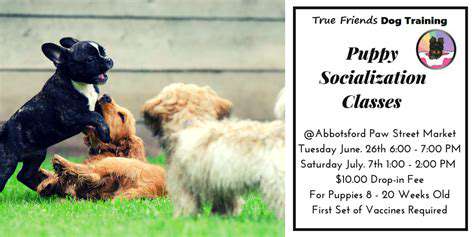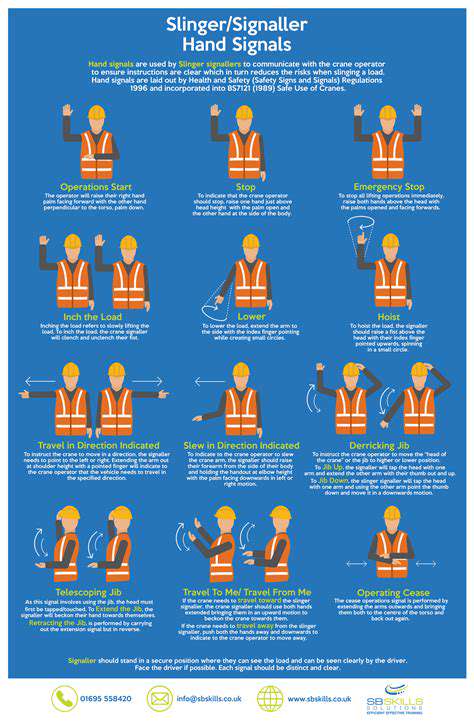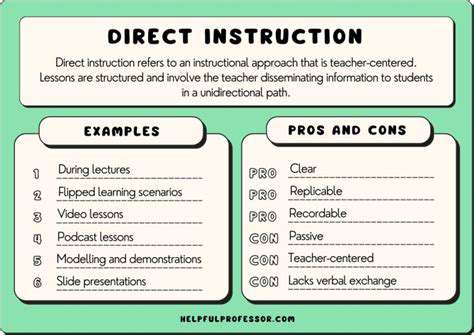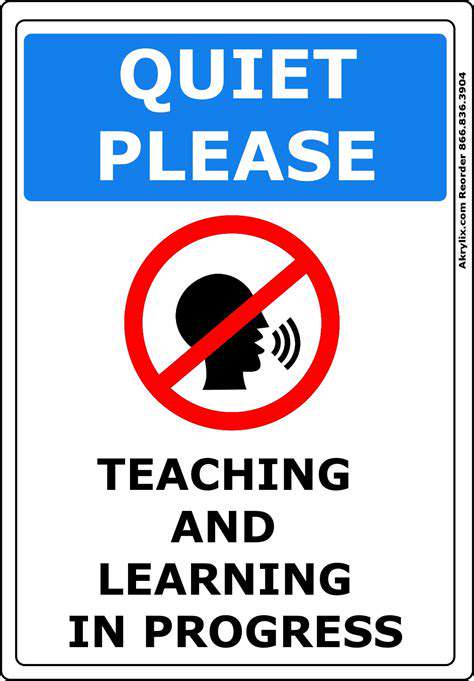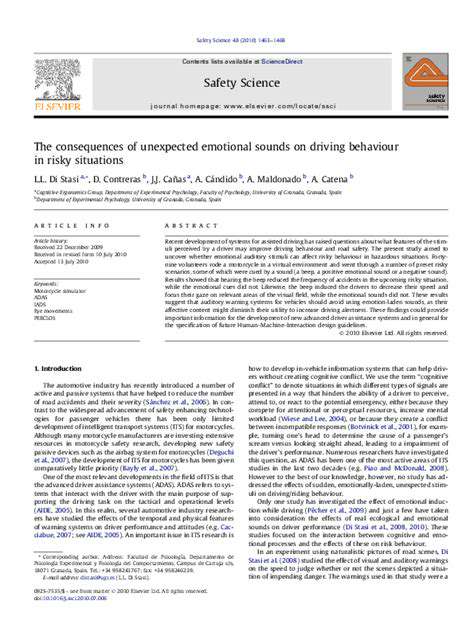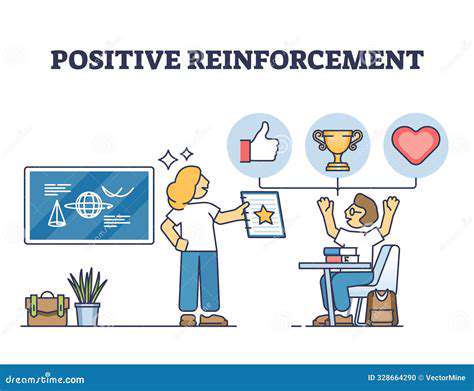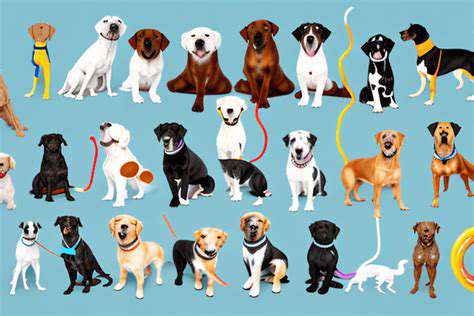Gentle Nipping No More: Teaching Your Puppy Bite Inhibition
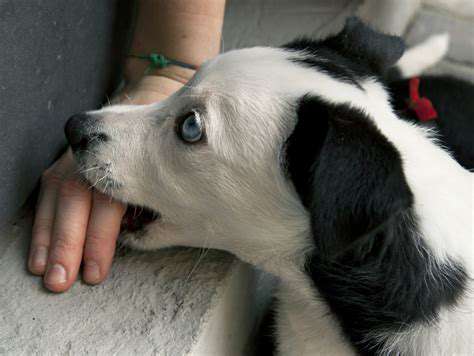
Understanding Bite Inhibition
Bite inhibition represents one of the most vital behavioral skills that dogs acquire through socialization and structured training. This ability enables them to regulate the pressure and intensity of their bites, ensuring safer interactions with humans and fellow animals. Mastering this skill proves indispensable for preventing accidental injuries and fostering peaceful coexistence between dogs and their owners. Even the friendliest canine can unintentionally inflict significant damage without proper bite control.
Puppies begin developing bite inhibition through their earliest social exchanges, particularly with their mother and siblings. These formative experiences teach them to gauge appropriate biting force during play and social engagement. The capacity to adjust bite strength forms a fundamental aspect of a dog's overall socialization process and behavioral development.
Early Development of Bite Inhibition
The most crucial phase for establishing bite inhibition occurs during a puppy's initial weeks. Interactions with littermates and their mother provide essential feedback about acceptable biting pressure. Through these natural exchanges, puppies gradually comprehend boundaries and learn to restrain their biting impulses.
Insufficient socialization during this critical period can severely compromise a dog's ability to develop proper bite control. Regular, positive exposure to diverse people, animals, and settings remains crucial for raising a well-adjusted and confident companion.
The Role of Socialization in Bite Inhibition
Constructive socialization experiences play a pivotal role in shaping a dog's behavioral development, including bite inhibition. Introducing puppies to various stimuli - people of different ages, other animals, and new environments - helps them learn appropriate responses. These experiences teach them to read social cues and modify their behavior accordingly.
Reward-based training methods significantly enhance the development of controlled biting behavior. Consistently praising and rewarding calm, gentle interactions reinforces positive habits and discourages inappropriate biting.
Signs of Inadequate Bite Inhibition
Recognizing warning signs of poor bite control helps prevent potential issues. Dogs that frequently nip, bite without restraint, or display aggressive tendencies require prompt attention. Early professional intervention becomes crucial for correcting these behaviors.
Common indicators include uncontrolled mouthing during play, excessive vocalization, defensive posturing, and reluctance to interact. These behaviors often signal the need for expert evaluation by a qualified canine behavior specialist.
Addressing Bite Inhibition Issues
Correcting bite inhibition problems demands a comprehensive strategy. Professional guidance combined with consistent positive reinforcement forms the foundation for behavioral modification. Identifying specific triggers and motivations enables creation of customized training approaches.
Seeking advice from certified canine behavior experts proves invaluable for developing effective solutions. Their recommendations may include environmental adjustments, specialized training methods, and ongoing behavioral support.
Effective Training Techniques for Bite Inhibition
Understanding the Root Cause
Before implementing training methods, it's essential to comprehend why puppies mouth and nip. Typically, this behavior serves as communication, exploration, or playful interaction. Young dogs use their mouths to investigate their surroundings and establish social connections. Recognizing this natural tendency helps avoid counterproductive punishment that might strain the human-canine bond and exacerbate behavioral challenges.
Identifying specific nipping triggers proves equally important. Particular toys, individuals, or daily routines might prompt this behavior. Recognizing these patterns allows for proactive management and prevention of unwanted biting incidents.
Positive Reinforcement Strategies
Reward-based training forms the foundation of effective bite inhibition development. Immediately acknowledging and rewarding gentle play with treats, verbal praise, or favorite toys creates positive associations. This immediate positive feedback strengthens desired behaviors and encourages repetition. The effectiveness depends on consistent, timely reinforcement that clearly connects actions with favorable outcomes.
Incorporating highly desirable treats can dramatically improve training results. Select rewards that truly captivate your puppy's interest, using them strategically to mark and reinforce appropriate behavior. This approach makes the learning process more engaging and productive.
Redirecting and Distraction Techniques
Diverting attention serves as a powerful tool in bite inhibition training. When nipping occurs, promptly redirect focus to suitable alternatives like chew toys or puzzle feeders. This substitution provides acceptable outlets for natural chewing instincts while teaching appropriate interaction methods.
Using Physical Boundaries and Body Language
Effective communication through body language significantly impacts training outcomes. When mouthing occurs, respond with a clear but calm verbal cue like Easy or Gentle, accompanied by brief disengagement. This consistent response helps puppies associate excessive mouthing with interrupted interaction. Maintain composed but firm body positioning to avoid escalating excitement levels.
This approach works best when integrated with other training methods, creating a comprehensive behavioral modification plan.
Consistency and Patience in Training
Developing reliable bite inhibition requires unwavering consistency and abundant patience. Behavioral changes occur gradually over time. Establish clear expectations and maintain uniform responses to both desired and unwanted behaviors. Acknowledge that progress includes occasional setbacks, and recognize small improvements along the way.
Remember that each puppy progresses at their individual pace. Maintain realistic expectations while celebrating incremental successes. Persistent, positive training fosters mutual understanding and strengthens the human-canine relationship.
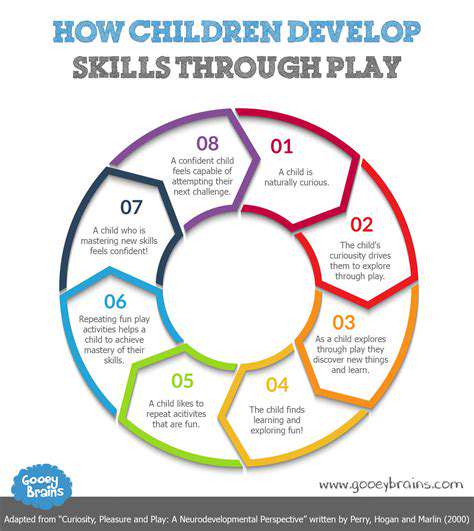

Read more about Gentle Nipping No More: Teaching Your Puppy Bite Inhibition
Hot Recommendations
- The Impact of Early Socialization on a Dog's Interaction with Other Animals
- Car Travel and Puppy Socialization: Making the Journey a Positive Experience
- The Importance of Early Environmental Exposure for Puppy Development
- Taking Your Puppy to the Vet: Positive Socialization Strategies
- Making Training a Positive Experience for Your Puppy
- Public Transportation and Puppy Socialization: A Step by Step Guide
- Safe Socialization: Allowing Others to Pet Your Puppy
- Helping a Puppy Who Struggles with "Stay"
- Positive Puppy Interactions: Making Meetings with New Friends Fun
- No Treats Needed? Training Basic Commands with Verbal Praise
